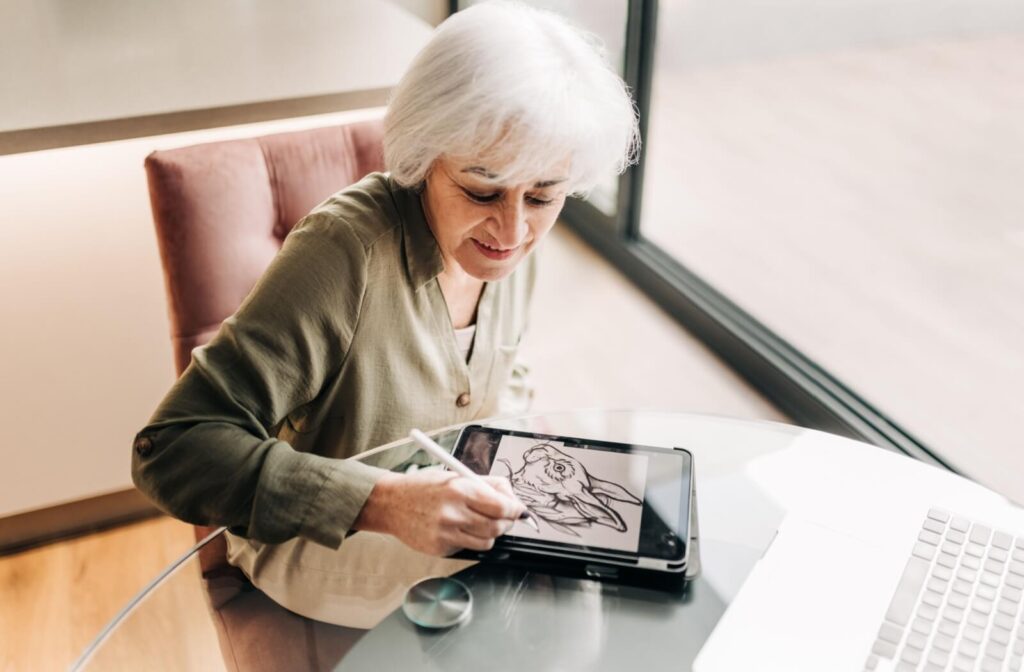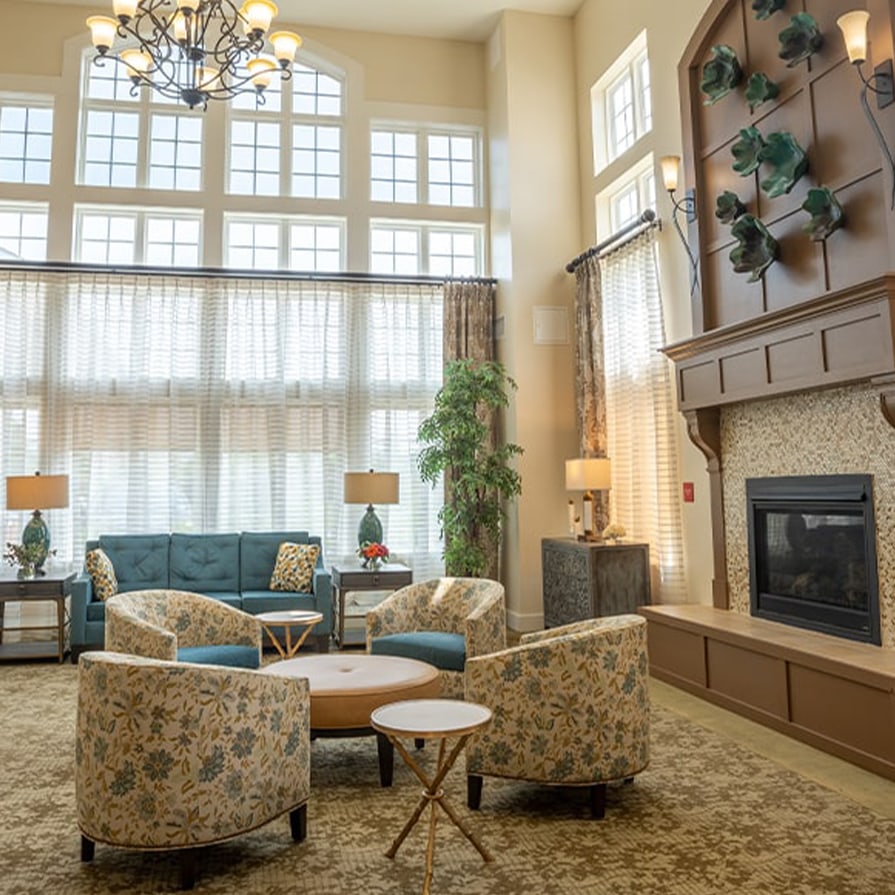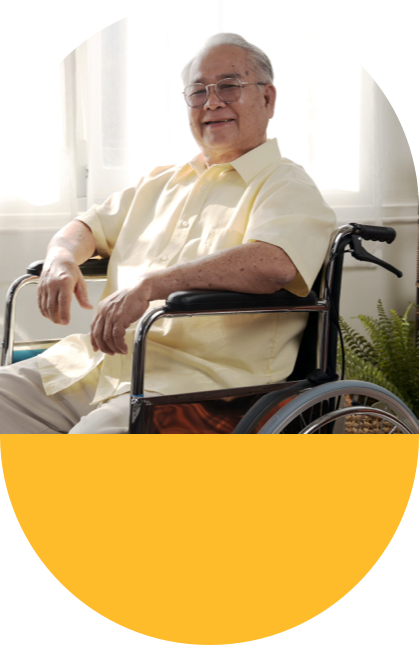In the constantly changing world of older adult living, Juniper shines as a leader in innovation and excellence. With over 35 years dedicated to innovative older adult care, thought leadership, and personal growth, Juniper is consistently pushing the boundaries of what it means to provide exceptional support.
Juniper is making significant strides through the innovative use of technology in key areas such as:
- Wellness Programs
- Professional Development
- Memory Care
- Social Connections
- Smart Home Technologies
Read along to learn more about each of these areas, including how Juniper is spearheading the way for innovative care.
Leading the Way in Wellness
At the helm of Juniper is Lynne Katzmann, whose visionary leadership has been instrumental in integrating advanced technologies into the daily lives of residents. This integration enhances the quality of life and nurtures physical, mental, and emotional wellness.
Through a combination of quality technologies and a holistic approach to care, Juniper ensures residents are not just living but thriving.
Technology-Driven Personal & Professional Development
Juniper is committed to the continuous personal and professional development of its residents and staff. By leveraging digital learning platforms and virtual training sessions, Juniper provides endless opportunities for growth and skill enhancement.
These initiatives make sure staff members are well-equipped with the latest knowledge and techniques in older adult care, ultimately benefiting the residents they serve.
Overcoming Memory Impairments with Creative Arts & Technology

One of the most remarkable applications of technology at Juniper is in the realm of memory care. Residents dealing with dementia and memory impairments are supported through creative arts expression, enhanced by digital tools.
These tools enable residents to engage in activities that stimulate cognitive function and foster a sense of accomplishment and joy.
Fostering Social Connections Through Digital Platforms
Staying connected with loved ones is important for the emotional well-being of older adults. Juniper has embraced various digital communication platforms to make sure residents can easily stay in touch with their families and friends.
Virtual visits, video calls, and social media interactions facilitated by technology help bridge the gap and maintain strong family bonds—even from a distance.
Enhancing Daily Life with Smart Home Technologies
Juniper is at the forefront of integrating advanced technologies to improve the quality of life for older adults. Key innovations include:
- Wearable Devices: These include smartwatches and medical alert bracelets that monitor vital signs, detect falls, and help track health metrics like activity levels and medication schedules.
- Voice-First Technology: Utilizing devices like Alexa to manage daily activities through voice commands, which many older adults prefer over apps.
- Telemedicine: Enabling remote consultations with healthcare providers, reducing the need for hospital visits.
- Remote Monitoring: Devices that track health metrics such as blood pressure and glucose levels, allowing early detection of potential health issues.
- Smart Home Devices: Automated systems for lighting, temperature, and security, manageable from a central device, enhancing independent living.
- Sensor Technology: Detects unusual activities or unsafe conditions and alerts caregivers or emergency services.
- Virtual Reality (VR): Provides immersive experiences like visiting places from the past, playing games, and participating in virtual exercise classes.
- Augmented Reality (AR): Facilitates interactive experiences, virtual tours, and even physical therapy sessions with virtual demonstrations.
These technologies aim to enhance safety, convenience, and overall well-being, fostering a more engaging and supportive environment for older adults.
The JoyRide Initiative: A Blend of Tradition & Modernity
In a unique blend of tradition and modernity, Juniper recently collaborated with influencer and fashion blogger Ari Seth Cohen (@AdvancedStyleVideos) for the #JoyRide project.
This initiative aimed to showcase the vibrant lives of Juniper residents through captivating digital storytelling. By embracing social media and influencer partnerships, Juniper brings the stories of its residents to a broader audience, celebrating their lives and experiences.
A Commitment to Social Responsibility & Philanthropy
Beyond the technological advancements, Juniper remains deeply committed to social responsibility and local philanthropy. This commitment is reflected in efforts to support communities through various charitable initiatives and partnerships.
By combining technological innovation with a strong sense of community, Juniper creates a nurturing environment where residents can thrive both personally and socially.
A Future of Continuous Innovation
As Juniper continues to evolve, our focus on technology-driven innovation remains unwavering. By staying at the forefront of technological advancements and consistently seeking new ways to enhance the lives of our residents, we strive to set standards for excellence in older adult living.
Embracing the future with open arms, Juniper is not just keeping pace with change–they are leading the charge. Our dedication to integrating technology into older adult living transforms how residents experience living longer. Through a combination of wellness-focused innovations, digital connectivity, and smart home technologies, we aim to redefine what it means to age gracefully and joyfully.
Join Juniper in embracing a future where older adults thrive with dignity, joy, and a sense of community. Get in touch with us today–together, we can make each day truly shine







